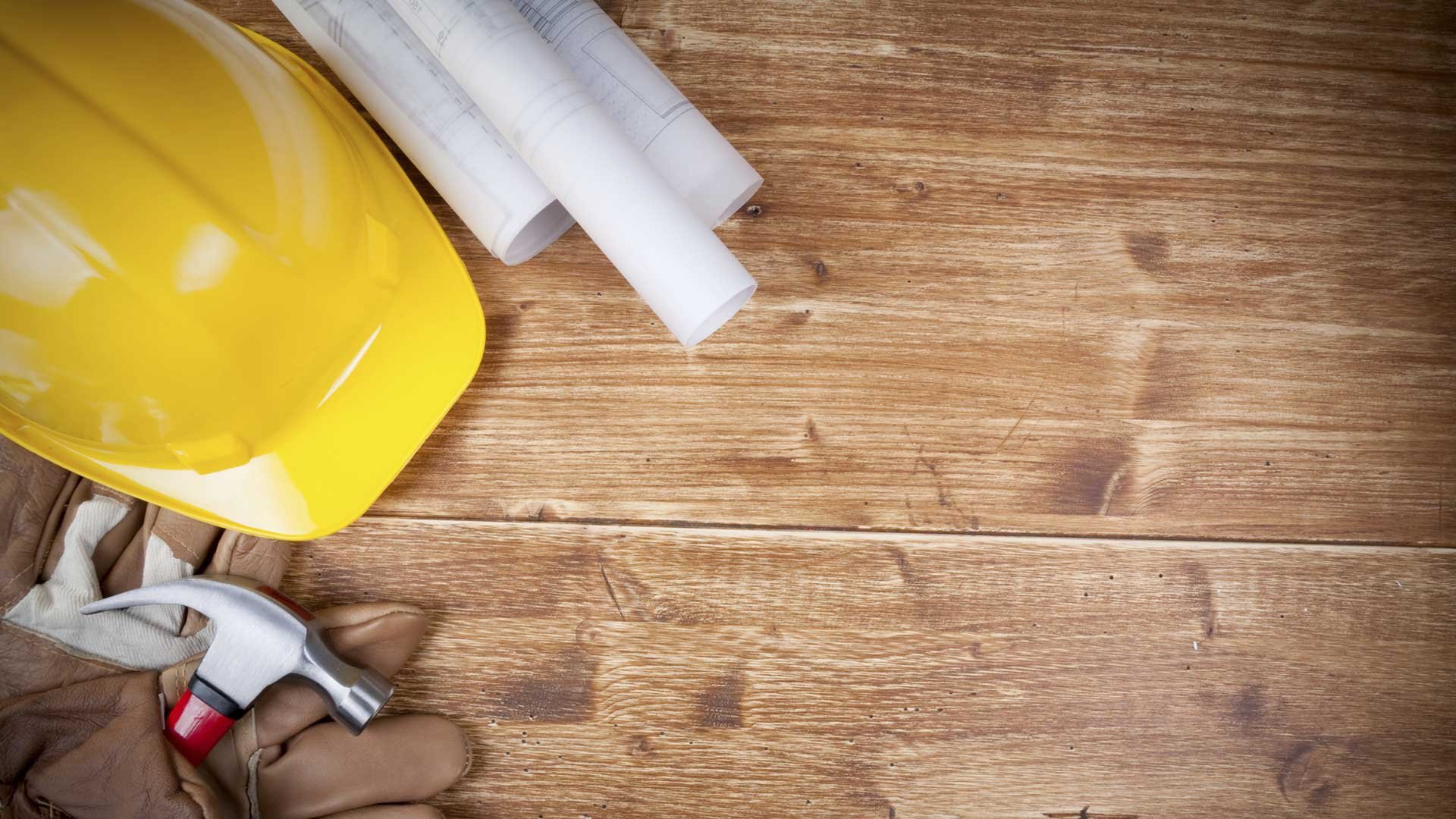
LEED & Sustainability
Sustainable design seeks to reduce negative impacts on the environment, and the health and comfort of building occupants, thereby improving building performance. The basic objectives of sustainability are to reduce consumption of non-renewable resources, minimize waste, and create healthy, productive environments.
Utilizing a sustainable design philosophy encourages decisions at each phase of the design process that will reduce negative impacts on the environment and the health of the occupants, without compromising the bottom line. It is an integrated, holistic approach that encourages compromise and tradeoffs. Such an integrated approach positively impacts all phases of a building’s life-cycle, including design, construction, operation and decommissioning.
Sustainable design principles include the ability to:
- Optimize site potential
- Minimize non-renewable energy consumption
- Use environmentally preferable products
- Protect and conserve water
- Enhance indoor environmental quality
- Optimize operational and maintenance practices
Some public agencies have used the U.S. Green Building Council’s (USGBC) Leadership in Energy and Environmental Design (LEED®) green building certification system as a tool for evaluating and measuring achievements in sustainable design. LEED® consists of a set of prerequisites and credits with specific requirements for obtaining points in order for a building to become LEED® certified.
In California, The 2010 California Green Building Standards Code referred to as CALGreen went into effect on January 1, 2011. The new mandatory measures set sensible minimum standards for all new structures in order to minimize significantly the state’s overall carbon output. However, it is important to underscore that each local jurisdiction still retains the administrative authority to exceed the new CALGreen standards, for instance requiring LEED® Certification.
As of January 1, 2011 California now requires that new buildings reduce water consumption, employ building commissioning to increase building system efficiencies, divert construction waste from landfills, and install low pollutantemitting finish materials. CALGreen’s mandatory measures establish a minimum for green construction practices, and incorporate environmentally responsible buildings into the everyday fabric of California cities with the intent to not drive up construction costs significantly. CALGreen has approximately 52 nonresidential mandatory measures and an additional 130 provisions that have been placed in the appendix for optional use. Some key mandatory measures for commercial occupancies include specified parking for clean air vehicles, a 20% reduction of potable water use within buildings, a 50% construction waste diversion from landfills, use of building finish materials that emit low levels of volatile organic compounds, and commissioning for new, nonresidential buildings over 10,000 square feet.
– – – – –
KPROX is a small Civil Engineering consulting firm dedicated to providing high quality professional services in Silicon Valley and the San Francisco Bay Area. If you need help with your project, please contact us via phone: (650) 549-4249 or via email and we will be glad to assist you.



